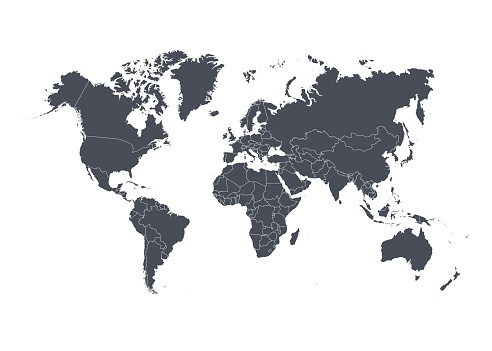
East and Pacific Asia experience higher rates of immunoglobulin A nephropathy (IgAN) than Europe and North America. However, the overall prevalence of IgAN and a summary of treatment patterns across Asian countries are not available.
To address this deficit, Omer Zaidi, MPH, and others conducted a targeted literature review to help determine IgAN prevalence, treatment patterns, and humanistic and economic burden in mainland China, Taiwan, South Korea, Japan, and Australia. Their findings appeared in BMC Nephrology.
The team conducted their review using PubMed and local databases between January 2010 and December 2021. They also conducted reviews of website literature with Google Scholar and Baidu. In all, they included 69 publications and three clinical guidelines.
They found that IgAN incidence rates among Japanese, Taiwanese, and Australian populations ranged from 0.0 to 10.7 per 100,000 persons per year. Among patients who had renal biopsies in mainland China, incidence ranged from 6.30% to 24.70%. IgAN prevalence and diagnosis rates ranged from 0.0% to 72.1% in mainland China, South Korea, Taiwan, Japan, and Australia. Mortality rates in mainland China, South Korea, and Japan varied.
The most common therapies for IgAN in mainland China, Japan, and South Korea were angiotensin-converting enzyme inhibitor/angiotensin receptor blockers (0.9%-99.6%), corticosteroids (3.5%-100%), and immunosuppressants (1.6%-85.5%). Annual hospitalization costs ranged from $1284.73 to $2252.12 in China between 2015 and 2018.
In conclusion, the authors found, “The prevalence of [IgAN] among the general population in select [Asia-Pacific] countries/regions is not commonly available, despite evidence from studies and clinical guidelines. In addition, it is observed across geographic regions that heterogeneity exists in prevalence rates, and large variations exist in treatment patterns. Future studies are needed to fill in these gaps to understand the contributing factors behind the differences through population-based, multicenter, and real-world studies.”
Source: BMC Nephrology







 © 2025 Mashup Media, LLC, a Formedics Property. All Rights Reserved.
© 2025 Mashup Media, LLC, a Formedics Property. All Rights Reserved.